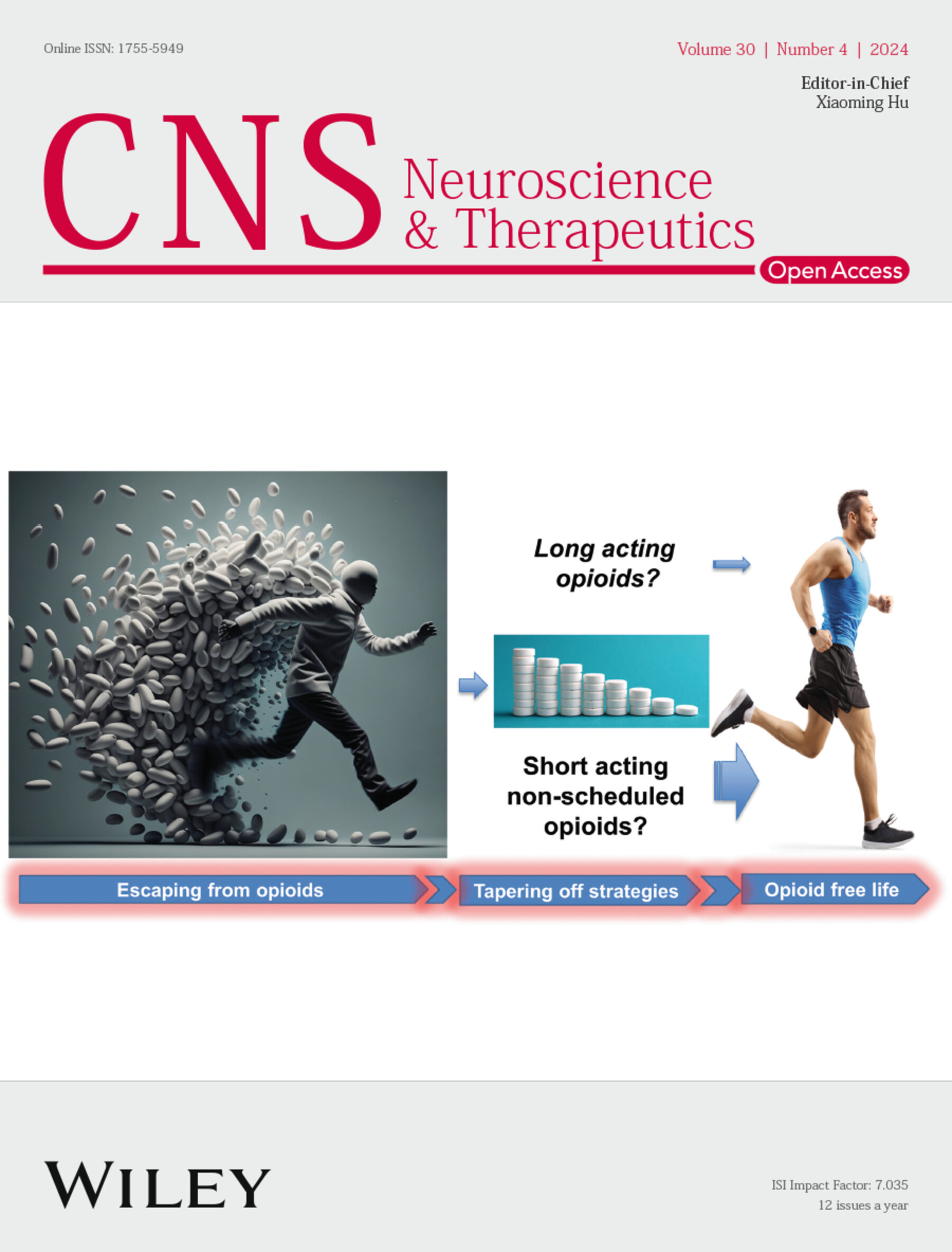Lipocalin 2 Facilitates the Initial Compromise of the Blood–Brain Barrier Integrity in Chronic Cerebral Hypoperfusion
Abstract
Aims
Vascular cognitive impairment (VCI) is primarily attributed to vascular risk factors and cerebrovascular disease. Chronic cerebral hypoperfusion (CCH) initiates in the early stages of VCI and contributes to blood–brain barrier (BBB) disruption. Nevertheless, the precise molecular mechanisms underlying this process remain elusive and warrant further investigation.
Methods
The Bilateral Carotid Artery Stenosis (BCAS) model was employed to simulate CCH, and the permeability of the BBB in the mouse frontal cortex was assessed at various time points post-operation. Transcriptome sequencing was conducted to identify differentially expressed genes (DEGs), which were then intersected with cortical gene chip data from human vascular dementia cases. Key genes identified through this analysis were subsequently measured in the serum of VCI patients and correlated with cognitive performance scores. Additionally, in vivo experiments were conducted to validate the influence of these key genes on BBB endothelial-mesenchymal transition (EndMT) and peripheral neutrophil infiltration.
Results
Time-course studies investigating BBB disruption revealed an increase in BBB permeability in the frontal cortex of mice on day 14 following BCAS, a stage at which the mice had not yet exhibited cognitive impairment. Subsequent sequencing analyses, integrated with human cortical gene expression profiles, identified Lipocalin 2 (LCN2) as a pivotal gene involved in mediating inflammatory responses and cell migration. Clinical studies have demonstrated that LCN2 is upregulated in the serum of patients with VCI and exhibits a significant negative correlation with Montreal Cognitive Assessment (MOCA) scores. Downregulation of LCN2 leads to a reduction in EndMT markers and peripheral neutrophil infiltration, as well as significant enhancements in learning and memory in BCAS mice through modulation of the MEK/ERK signaling pathway.
Conclusion
This study elucidates the temporal characteristics and key molecular mechanisms underlying BBB disruption in the frontal cortex during CCH, thereby identifying novel potential targets for the early diagnosis and treatment of VCI.


 求助内容:
求助内容: 应助结果提醒方式:
应助结果提醒方式:


